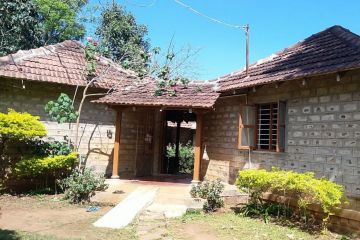
When Rashmi Ranga’s
mother Radha Devi started a small poultry farm in her village in 2012, the
family had been under severe financial stress for almost two years due to
monsoon failure, and fights over access to water. The farm, built in a
relatively rocky and unproductive portion of their parcel of 6 bighas (1.25
acres), was their ticket out of debt and loans, including the one facilitated
by the Haryana government that set up the poultry farm. The family had big
hopes from the poultry





